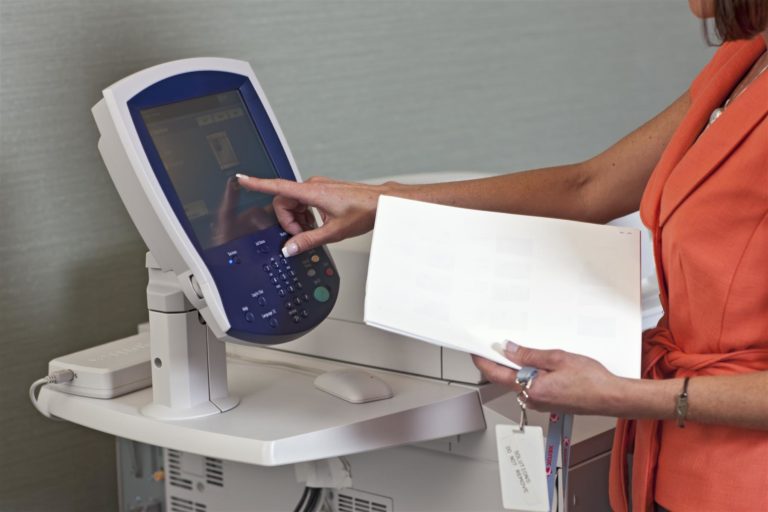The need for security is pervasive across organizations, but “security” means different things to different functions within an enterprise. The executive suite and the legal team want to protect intellectual property from competitors and keep customer credit card numbers safe from hackers. Employee records and personally identifiable information create concerns for Human Resources. Various industry regulations and mandates add more complexity. In healthcare for example, organizations must maintain the security of patient records to be in regulatory compliance. And what about IT? Well, they’re involved in all of it.
Enterprise Security at the Device Level
No matter what lens you look through, information security depends heavily on making sure the network isn’t vulnerable. That includes the endpoints like servers, printers, scanners and multifunction devices. This is one reason Managed Print Services (MPS) providers can be key allies in helping enterprises with their information security strategies.
Ask Your MPS Provider to Get Involved
Schedule a meeting with your MPS provider to take a hard look at your information security status and evaluate the policies you want to enforce. Include other security stakeholders from your organization in the meeting. You’ll want to discuss issues like these ten to make sure you’ve covered all the angles and dark corners of information security.
- Information Access – What confidential information is accessible through your documents? Who has access to the information? What controls are in place to manage this information at output devices?
- Device Security Policy – Consider access to network assets, not just to the information. Have you created a security policy for access and printing to network assets?
- Employee Guidelines – What measures are in place to ensure employees adhere to guidelines?
- Device Vulnerability – What possible vulnerabilities might expose your devices to attack?
- Device Behavior Variability – How can you ensure devices comply with the policy for network assets? What’s the enforcement process?
- Network Assurance – Has the firmware you approved been deployed?
- Security Configuration Verification – Has there been any change to the firmware you approved?
- Remediation Assurance – What happens if a device falls out of compliance from the security policy? Are you alerted when this happens? What’s needed to bring it back into compliance? Do you have a remediation policy? How do you know the policy is in place?
- Reporting – When a network asset becomes out of compliance, can you capture data for reporting? Is there an audit trail?
- Mobile Workforce – What is your strategy relative to secure printing for mobile workers?
After assessing the gaps, your MPS provider can help you secure and integrate your device environment. The outcome will be tighter control not only for your networked devices, but also for your critical business information.
Here’s another article you should read if you’re concerned about managing security and compliance in an open workplace. Read it to learn more about how MSPs can be your first line of defense from the evolving security threat landscape.



